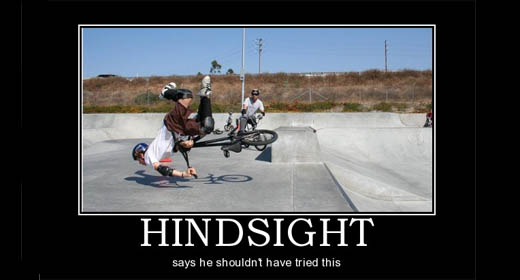

In a meeting, they will agree with the people who share their interpretation and ignore the rest. It is characterized by our tendency to recall and search for information that confirms or supports our beliefs and values.įor example, managers might feel more inclined towards a particular idea. Types of Bias #2: Confirmation BiasĬonfirmation bias is one of the most significant types of bias in the workplace. We can see that many entrepreneurs revised their estimation later and pretended they knew all along. This study is a classic example of hindsight bias. Only 58% said that they thought their startup would succeed. They were asked the same question after their startups failed. Nearly 78% of them believed that their startup would do well. In a study by the BBC, founders of several companies were asked if they think their startup will succeed. We rearrange our thoughts and judgements after an incident and pretend that we knew how everything was going to turn out all along. This leads people to think that they can predict events accurately. 10 Types of Bias in Action Types of Bias #1: Hindsight BiasĪlso known as the “knew-it-all-along” phenomenon, Hindsight Bias is characterized by our tendency to convince ourselves that we predicted an event before it actually happened. To rephrase, a cognitive bias is the water that distorts our reality into something close to the truth, but not quite it. We’d all like to believe that every step we take is taken with complete objectivity but that isn’t always true.

Our brain has a way of tricking us into believing things that may not accurately reflect reality.Ī cognitive bias is a way our mind tricks us into believing something based on our preconceptions, past experiences and other social factors. 3.7 The Impact of Cognitive Biases on The Hiring Process What is a Cognitive Bias?


 0 kommentar(er)
0 kommentar(er)
